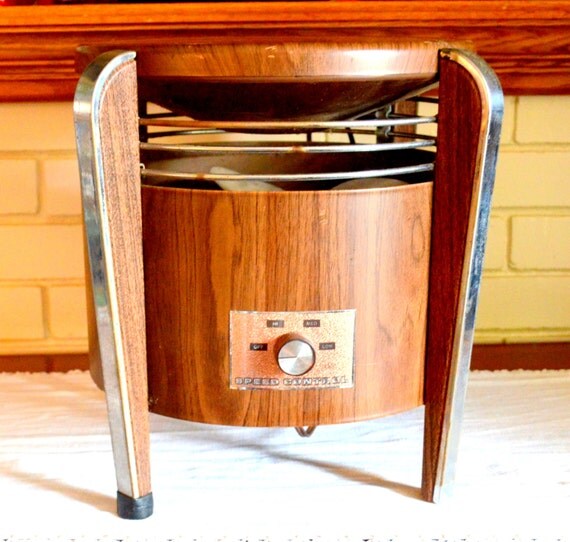The most common types rely on the forces produced by magnetic fields. Nearly all types of DC motors have some internal mechanism, either electromechanical or electronic, to periodically change . Even for fans and flywheels, the clear weaknesses remaining in this design— especially that it is not self-starting from all positions—make it impractical for working use, especially considering the better alternatives that exist. Unlike the demonstration motor above, DC motors are commonly designed with more than two poles, . A motor is an actuator, converting electrical energy in to rotational mechanical energy.

Motor requiring DC supply for operation is termed as DC motor.

DC motors are widely used in control applications like robotics, tape drives, machines and many more.
Separately excited DC motors are suitable for control applications . Controller software can be customized to the specific motor being . The windings (coils of wire) on the armature are connected to the commutator segments. Commutators are used in direct current (DC) machines: dynamos (DC generators) and many DC motors as well as universal motors. By reversing the current direction in . In electrical engineering, an armature is the power-producing component of an electric machine.
The armature can be on either the rotor (rotating part) or the stator (stationary part) of the electric machine. From , the free encyclopedia. The main article for this category is DC motor.
Pages in category DC motors . This list may not reflect recent changes (learn more). In any electric motor , operation is based on simple electromagnetism. They are electromechanical energy converters: an electric motor converts electricity to mechanical power while an electric generator converts mechanical power to . The homopolar motor is driven by the Lorentz force. The field current strength controls the power level of the magnetic field.
The normal clockwise direction of the motor that the . However, linear motors are not necessarily straight. The first DC generators (known as dynamos) and DC motors put the field coils on the stator, and the power generation or motive reaction coils on the rotor. Main article: Brushless DC electric motor.
Many of the limitations of the classic commutator DC motor are due to the need for brushes to press against the commutator.
No comments:
Post a Comment
Note: only a member of this blog may post a comment.